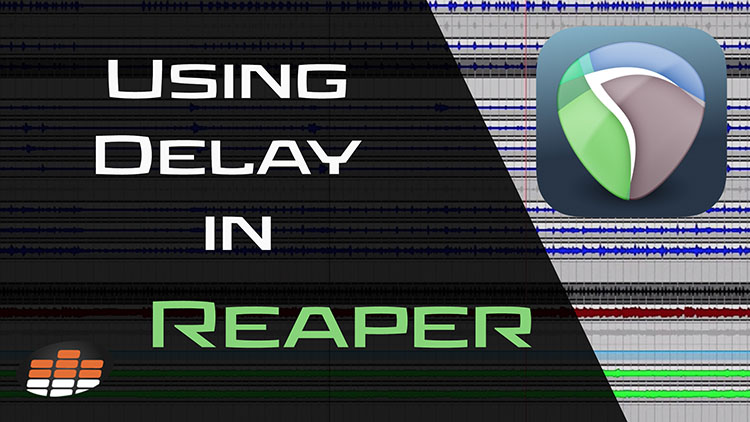Glenn Fricker is one of YouTube’s most well known audio engineers and educators, with millions and millions of views on his recording and mixing tutorials. Glenn has been professionally recording since 1997, and in 2004 he won “Album of The Year” in Unrestrained Magazine. Over the last 20 years, Glenn has worked with artists from all over the world in a variety of genres, from death metal to pop punk.
Currently residing in his second self-built studio, Glenn places an emphasis on human performance and live drums. He tends to reject modern recording crutches like pitch correction, over-mastering, and time alignment. His unique approach, personality, and skills have garnered him a worldwide following of over three hundred thousand!
In this lesson, Glenn shows you how to use Reaper’s proprietary delay plugin!
ReaDelay is an incredible plugin that comes with Reaper.
Glenn loves it on vocals and lead guitar because it’s dead simple to use and sounds great. The first thing you’ll want to do is create a new track and load an instance of ReaDelay on it. In this example, Glenn demonstrates how to use a mono delay to make a stereo ping-pong effect.
When the plugin opens you’ll notice wet and dry controls on the left hand side of the window, as well as parameters like length of time in milliseconds, length of time in note values, feedback, high and low pass filters, and stereo width.
With ReaDelay loaded on a fresh track, use a pre-fader send to apply delay on the selected instrument. Now you can start adjusting the settings to taste. If you notice the instrument get louder with delay applied, that means you’ll need to pull down the dry signal level in the plugin!
One of ReaDelay’s coolest features is the ability to add taps for a ping-pong effect.
A tap is essentially another delay within a single plugin. To make a ping-pong effect that Glenn shows here, pan the first tap to the left using the panner within the plugin. Add a second tap, pan it all the way to the right, and change the timing of it slightly from the first.
Now you’ve created an awesome stereo effect using a mono delay!





